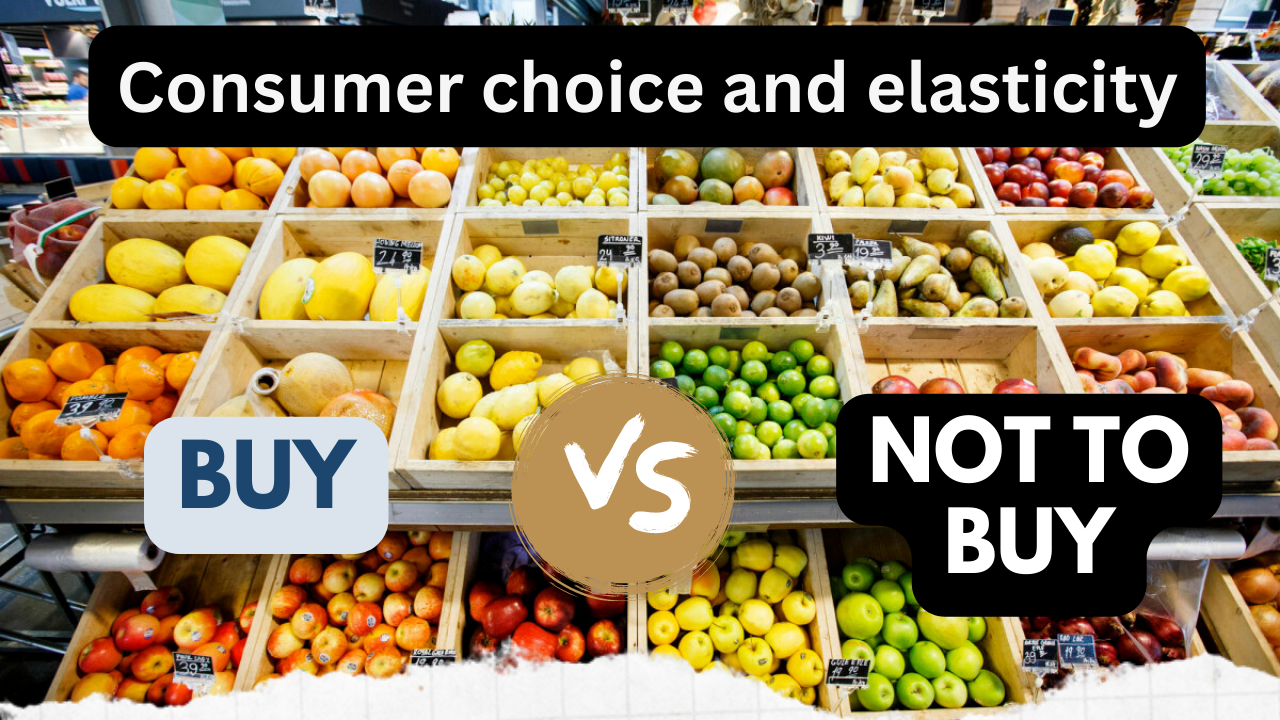Consumer choice and elasticity
Consumer choice and elasticity are important concepts in economics that help to explain how consumers make decisions about purchasing goods and services, and how those decisions are affected by changes in price and other factors.
Elasticity is a measure of how responsive the quantity demanded of a good or service is to changes in its price. A good or service that is considered to be elastic will see a large change in the quantity demanded when its price changes, while a good or service that is considered to be inelastic will see a smaller change in the quantity demanded when its price changes.
Consumer choice is the process by which consumers decide what to buy, based on factors such as price, quality, and availability. Factors such as income, preferences, and consumer tastes also play a role in consumer choice.
In general, consumer choice is influenced by the relative prices of different goods and services, as well as by the consumer’s own income and tastes. When the price of a good or service increases, consumers are likely to reduce their consumption of that good or service and shift their spending to other goods or services that are considered to be better value for money.
Elasticity is an important concept for businesses and policymakers to understand, as it can help them to predict how changes in price and other factors will affect consumer behavior. For example, if a business raises the price of a good or service that is considered to be elastic, it may see a significant decline in the quantity demanded, which could result in a decrease in revenue. On the other hand, if a business raises the price of a good or service that is considered to be inelastic, it may see a smaller change in the quantity demanded, which could result in an increase in revenue.
In conclusion, consumer choice and elasticity are closely related concepts in economics that help to explain how consumers make decisions about purchasing goods and services, and how those decisions are affected by changes in price and other factors. Understanding these concepts can be important for businesses and policymakers looking to make decisions about pricing, marketing, and other aspects of their operations.



